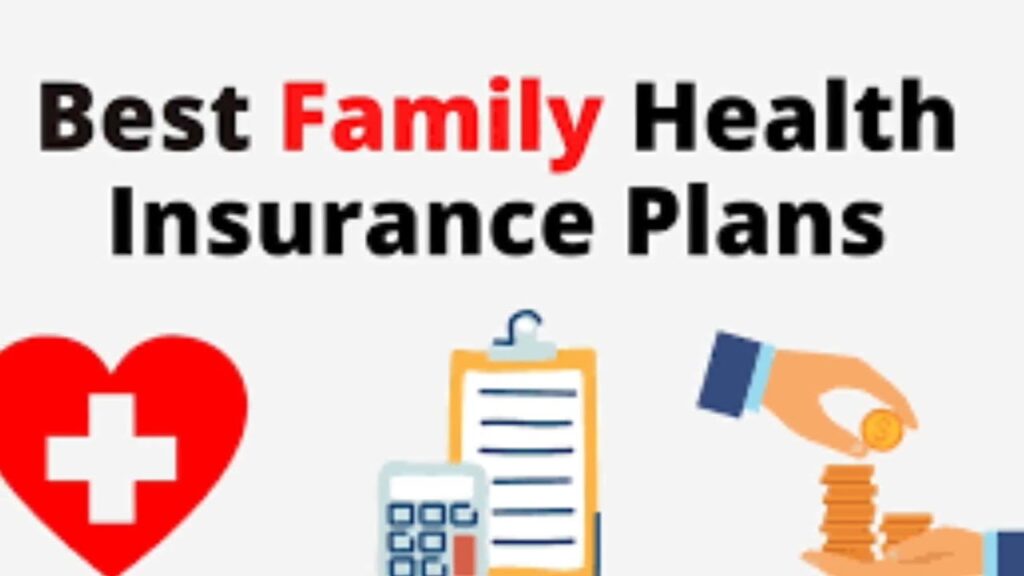Introduction
In today’s uncertain world, life insurance is more than a luxury—it’s a necessity, especially for families living on a tight budget. But when you’re balancing rent, groceries, and other essentials, finding an affordable yet reliable life insurance policy can seem overwhelming. The good news? There are plenty of great life insurance options tailored specifically for low-income families.
This comprehensive guide will walk you through the best life insurance policies for low-income families in 2025, why life insurance is important even if you’re on a budget, and how to choose a plan that provides both security and peace of mind without breaking the bank.
Why Life Insurance Matters for Low-Income Families
When your income is limited, the loss of a family breadwinner can be financially devastating. Life insurance can:
- Cover funeral and burial costs
- Replace lost income
- Pay off debts and medical bills
- Support children’s education
- Provide long-term stability for dependents
Even a basic life insurance policy can make a huge difference.

Types of Life Insurance Policies Ideal for Low-Income Families
1. Term Life Insurance
- Most affordable option
- Covers you for a specific term (10, 20, or 30 years)
- Fixed premiums and guaranteed payout
- Ideal for temporary financial responsibilities like mortgage or raising kids
2. Group Life Insurance
- Offered by many employers
- Usually low-cost or even free
- Often limited in coverage (1–2x annual salary)
- May not be portable if you change jobs
3. Final Expense Insurance
- Also known as burial insurance
- Covers funeral and end-of-life expenses
- Small death benefit (typically $5,000–$25,000)
- No medical exam required
4. Simplified Issue Life Insurance
- No medical exam, only a health questionnaire
- Faster approval process
- Good for people with health issues
- Higher premiums for low coverage compared to term policies
What Makes a Policy Affordable?
When evaluating affordability, consider:
| Factor | Impact on Premium |
| Age | Younger = Cheaper |
| Health | Better health = Lower cost |
| Term Length | Shorter = Cheaper |
| Death Benefit Amount | Lower = More affordable |
| Type of Policy | Term = Cheapest option |
Key Features to Look for in Budget-Friendly Life Insurance
- Fixed Monthly Premiums: Avoid variable rates that increase over time.
- Guaranteed Death Benefit: Ensure your loved ones receive a fixed amount.
- No Medical Exam (Optional): Ideal for those with limited access to healthcare.
- Convertible Option: Allows switching to a permanent policy later.
- Riders: Look for free or low-cost add-ons like accidental death or child coverage.

Top 5 Affordable Life Insurance Policies for Low-Income Families in 2025
| Insurance Company | Policy Type | Monthly Cost (Approx.) | Key Benefits |
| Haven Life | Term Life | $10–$20 (age-based) | Easy online application, no exam needed |
| Fidelity Life | Final Expense | $15–$30 | No exam, quick approval |
| Globe Life | Term/Whole Life | As low as $1 first month | No medical exam, flexible terms |
| Ethos | Term Life | Starting $8/month | Simple digital process, good for families |
| Mutual of Omaha | Simplified Issue WL | $25–$40 | Great customer service, legacy planning |
How Much Life Insurance Does a Low-Income Family Need?
A general rule: Aim for 5–10 times your annual income.
But if that’s not feasible, even a $50,000–$100,000 policy can:
- Pay off funeral costs
- Cover immediate bills
- Give your family time to recover financially
Tip: Any coverage is better than none.
How to Get the Most Value from a Low-Cost Policy
Shop Around
Compare quotes from multiple insurers. Use online aggregators or insurance brokers.
Buy Young
The earlier you buy, the cheaper the premiums.
Improve Health Habits
Non-smokers and those with good health get significantly better rates.
Pay Annually
Some companies offer discounts for annual payments instead of monthly.
Avoid Over-Insuring
Don’t pay for a million-dollar policy when a $100,000 plan will meet your needs.
Real-Life Example: Meet the Ahmed Family
Income: $30,000/year
Situation: Two kids, rented home
Goal: Protect family with minimal monthly cost
Solution: Ahmed buys a 20-year, $150,000 term life policy for $17/month from Haven Life.
Benefits:
- If anything happens, his wife and kids are protected
- Coverage during the most vulnerable years
- Affordable enough to stay consistent with premiums
Pros and Cons of Budget-Friendly Life Insurance
Pros:
- Affordable monthly payments
- Easy application (many with no medical exam)
- Protects your family’s future
- Gives peace of mind
Cons:
- Lower coverage limits
- Term policies eventually expire
- Some policies offer no cash value
Where to Buy Affordable Life Insurance
- Online Providers: Haven Life, Ethos, Ladder
- Traditional Insurers: Mutual of Omaha, State Farm
- Workplace Group Plans: Check with your HR department
- Insurance Brokers: They compare multiple providers for you

FAQs: Low-Income Life Insurance Policies
Q1: Can I afford life insurance if I only make minimum wage?
Yes. Some term policies cost less than $10/month, depending on your age and health.
Q2: Should I get term or whole life insurance?
For affordability, term life is usually the best option. You can switch later if your financial situation improves.
Q3: What if I have a medical condition?
You can explore simplified issue or final expense policies, which don’t require medical exams.
Q4: Can I cancel a policy if I can’t afford it anymore?
Yes, most term policies have no penalties for cancellation. However, you’ll lose coverage once canceled.
Q5: Is it worth it if I only get a $25,000 policy?
Absolutely. Even small policies can cover funeral costs and give your family time to adjust.
Final Thoughts
Life insurance is not just for the wealthy—it’s a lifeline for low-income families. It’s the gift of stability when your loved ones need it most. With plenty of affordable life insurance options available in 2025, there’s no reason to go unprotected.
Whether you choose term life, final expense, or simplified issue insurance, make sure you:
- Assess your needs
- Compare plans
- Lock in a policy that fits your budget
Even a modest policy can bring immense peace of mind to your family—because financial protection shouldn’t be a privilege; it should be a right
